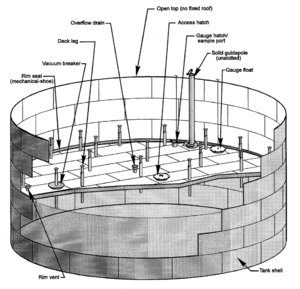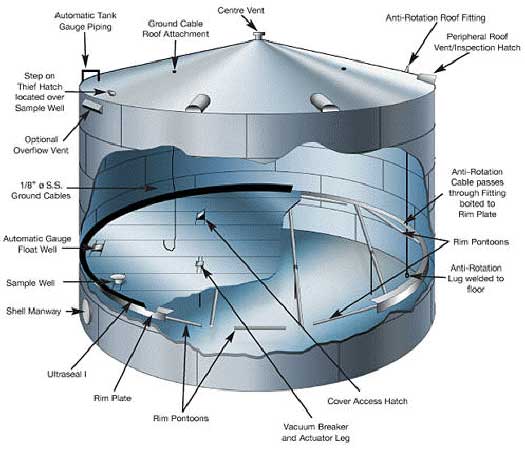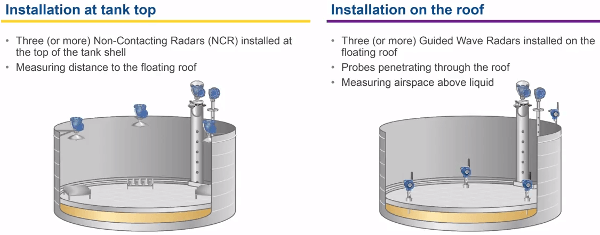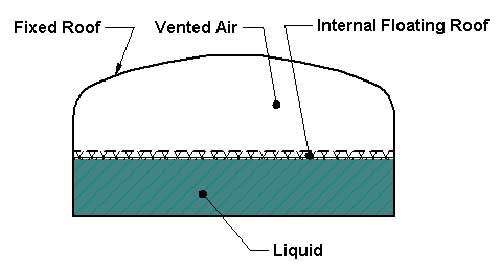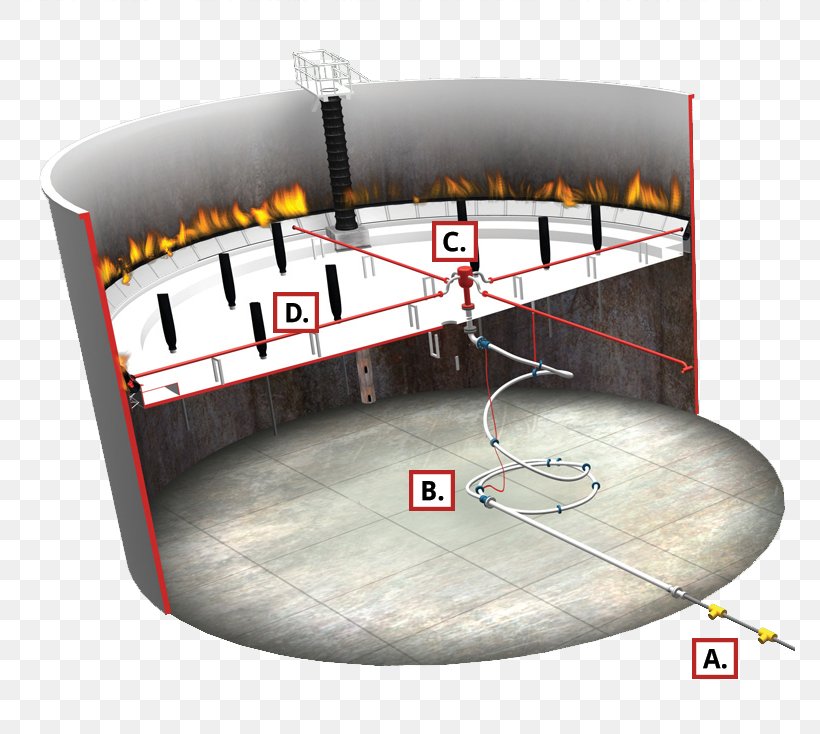An external floating roof tank is a storage tank commonly used to store large quantities of petroleum products such as crude oil or condensate.
External floating roof tank design.
It consists of an open.
Figure 3 single deck type floating roof.
The model consist of an external single deck floating roof operating in a vertical cylindrical oil storage tank which is filled with oil of density ρ 700 kg m3.
In the shell design analysis shell stress design will be performed taking into consideration of all the considerably loading including hydrostatic pressure wind loading and seismic loading.
Concept of external floating roof tank external floating roof tank is known as external floating roof oil tank it is an open top floating roof tank without vault there is usually an external floating roof in it which can vertical float up and down.
It consists of an open topped cylindrical steel shell equipped with a roof that floats on the surface of the stored liquid.
As there is almost no gas space between floating roof deck and oil level the evaporation loss of stored oil can be greatly reduced.
External floating roof tanks are designed with a rim sealing system.
These are categorized as external floating roofs which are designed to meet requirements of api standards 650 appendix c.
A floating roof tank is a storage tank commonly used to store large quantities of petroleum products such as crude oil or condensate.
The dimensions of the tank are 40 m diameter and 23 m height.
The oil occupies 100 of the total tank volume.
We also design the floating decks with fittings to enable you to carry out operational functions.
The external floating roof tank has a floating roof deck which is covered on the surface of oil and floats up and down with the oil level.
The storage tank design consists of two major designs that is 1 the shell design analysis and 2 the floating roof design.
The seal is attached with the perimeter of the roof and touches the tank wall.
Floating roof tanks are commonly protected against lightning ignition by bonding the floating roof to the seal shoes at no less than 3m 10ft intervals use of insulating sections in the hanging linkages covering sharp points on hangers with insulating materials and installation of electrical bond straps across each pinned hanger joint.
The seal system stays in contact with the tank wall as the liquid inside goes up or down.
The roof rises and falls with the liquid level in the tank.



